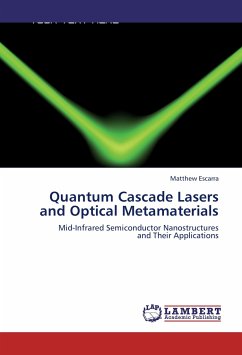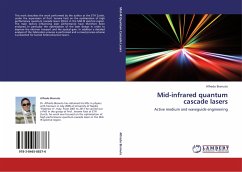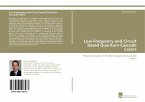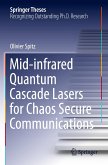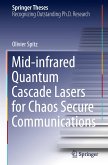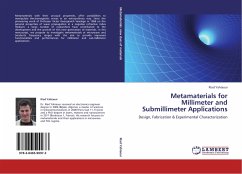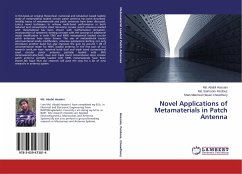Quantum cascade (QC) lasers have application in areas such as medical diagnostics and homeland security. Optical metamaterials have novel interactions with light and potential application for sub-wavelength imaging and optical cloaking. This work first explores new approaches to designing QC lasers. High performance QC lasers are described with a voltage defect of only 19 meV, resulting in record voltage efficiency. Lasers with ultra-strong coupling attain 50% wall-plug efficiency. The thermoelectric effect is measured for the first time within QC lasers, informing further performance enhancements. This work then describes two efforts to improve mid-IR metamaterials. Negative refraction bandwidth and dispersion properties are improved through the use of multiple-metamaterial stacks. QC gain regions are added to these metamaterials to reduce their absorption loss. Finally, QC lasers are developed for trace gas sensing of CO2 isotopes, and a techno-economic model is used to value improved CO2 isotope-based sequestration leakage monitoring. QC laser applications in non-invasive tissue measurements, inter-planetary sensors, C60 spectroscopy, and IR countermeasures are also examined.

